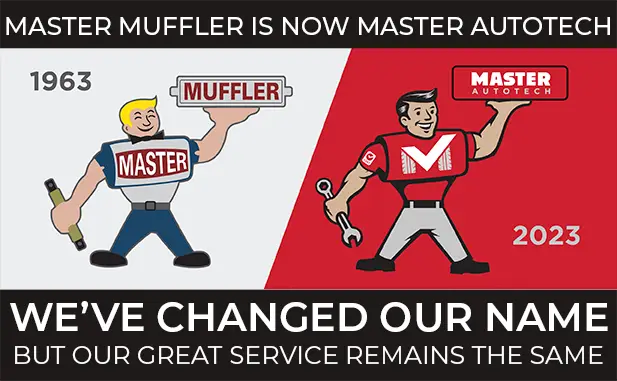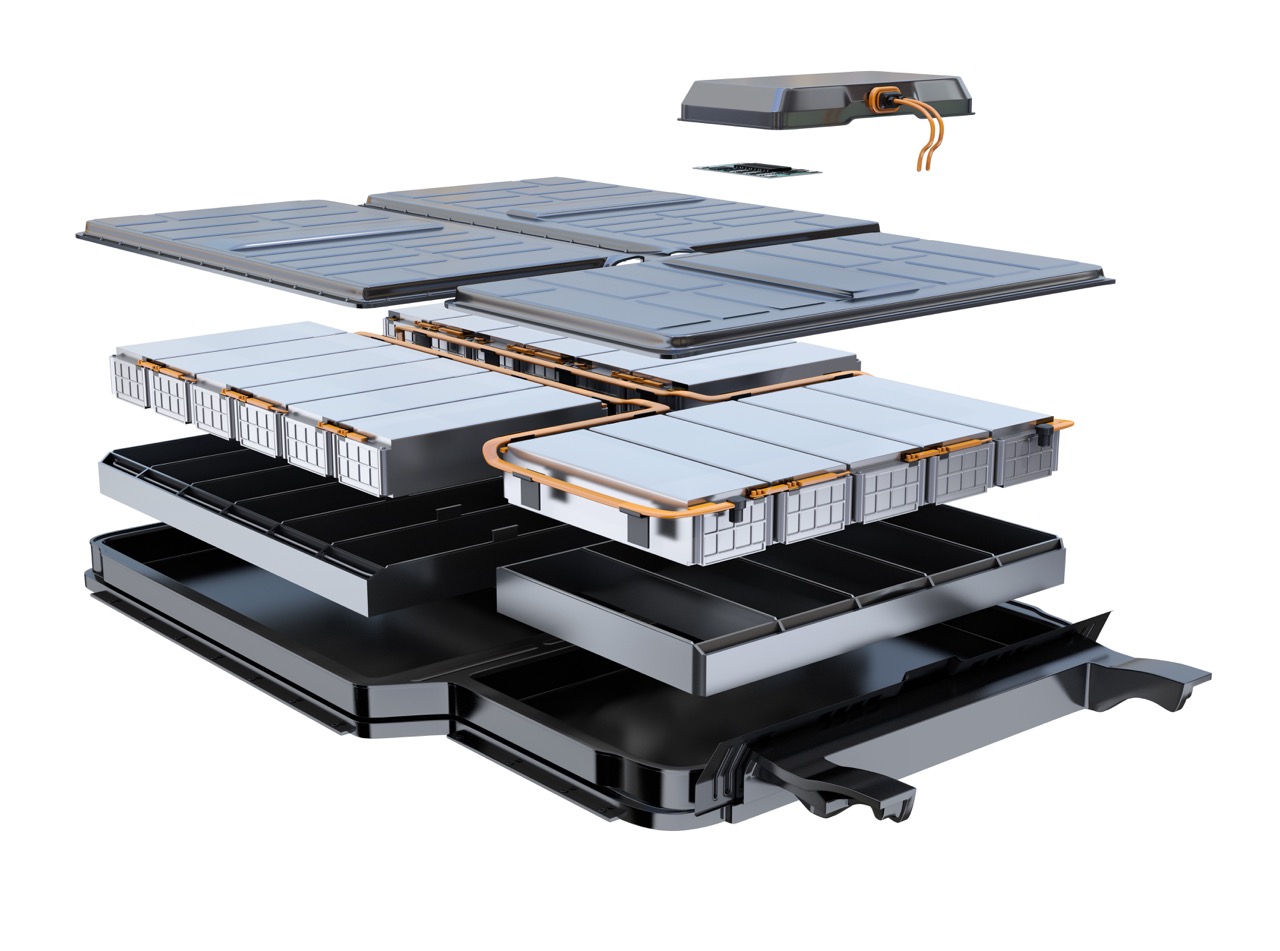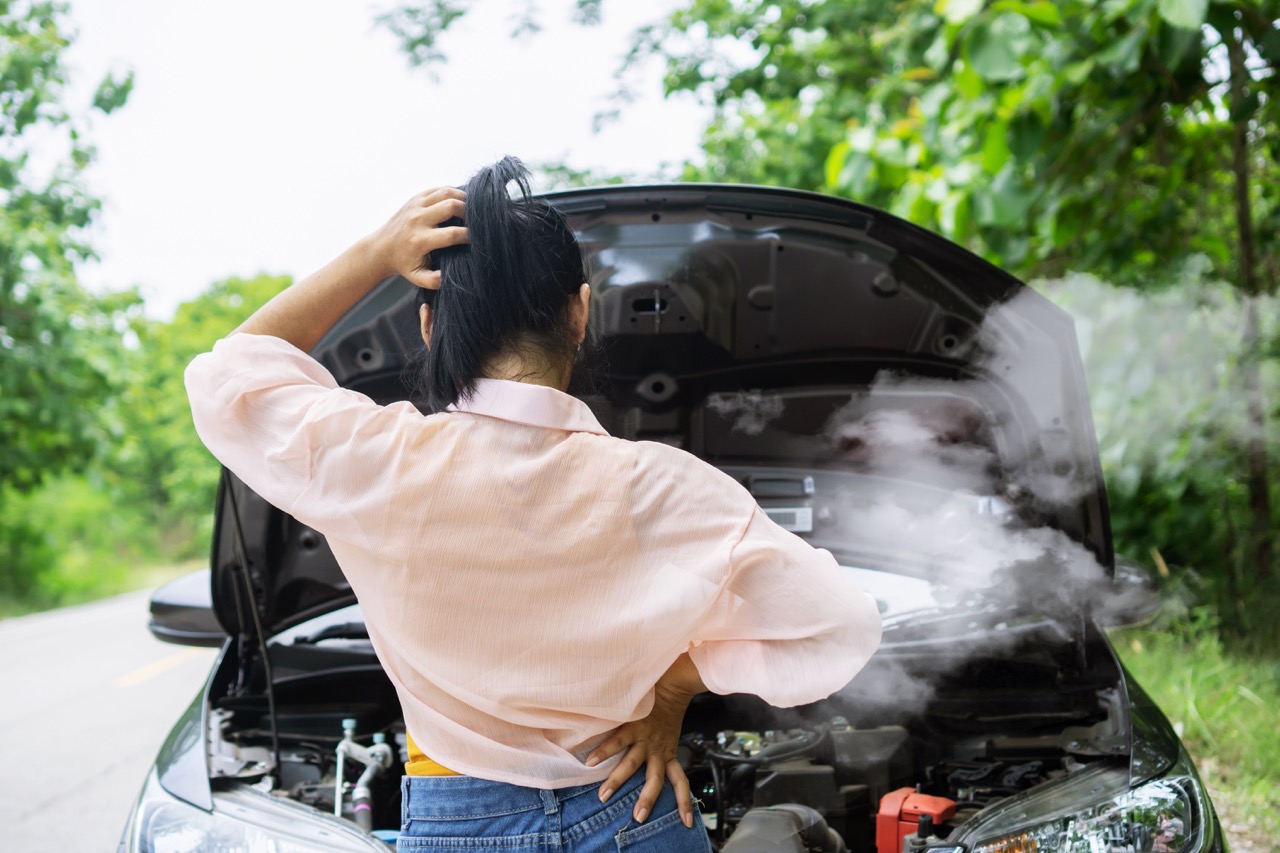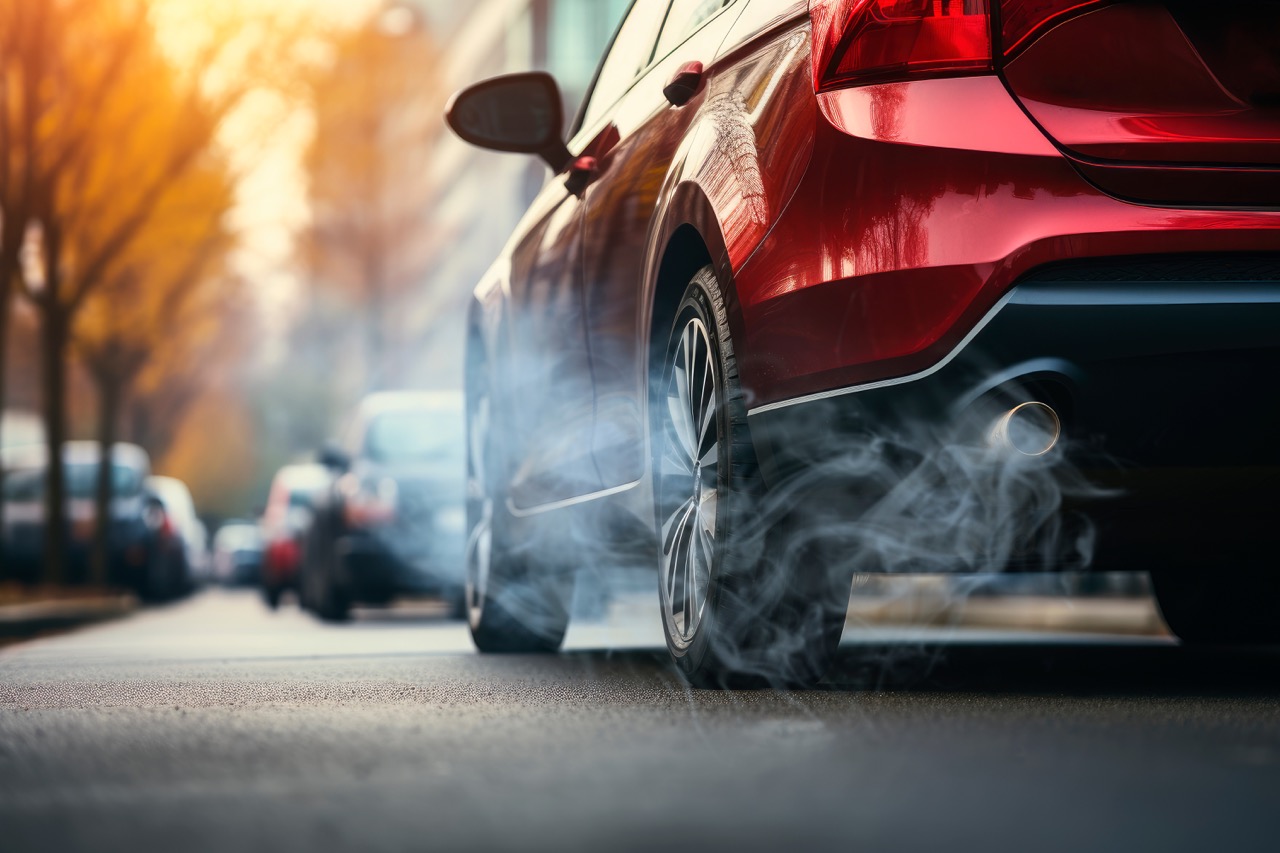Many manufacturers state that their cars do not require a fuel filter change. This is not the best advice. Every 50,000 miles, all fuel filters should ideally be changed. Once the car is about 7 years old or older, the rust and other contaminants build up faster. So, you should change the fuel filter every year.
While each vehicle is different, and your auto manual may indicate somewhat different instructions, you can generally follow a standard procedure for changing the fuel filter. Make sure that you have the experience and tools to do this, or ask for help from a knowledgeable friend. If you still don’t feel comfortable, keep in mind that it won’t likely be that expensive to have it done at a Utah auto repair shop.
There is a great deal of pressure in the fuel system. So, before you do anything else, you need to relieve that pressure. Start by going to the fuse box under the hood. Then remove the fuse or relay for the fuel pump.
To release the pressure on the fuel system, you will now need to start up the car. Let it run until it stops and then try to start it up a few more times. Even if the engine won’t start for you, just crank it up a few times.
After the pressure has been relieved from the system, you can disconnect the negative battery cable. Turn the ignition on for a couple seconds and then turn it off for about 5 seconds. This is a process you need to repeat about 10 times.
Next, lift the rear end of the vehicle to get to the fuel tank. Clean off the dirt from the fittings (an important preventative step) and disconnect them. Be prepared for some fuel to spill when you disconnect the lines.
Take off the clamp or bolt that holds the filter in place and remove the old filter, putting the new one in exactly the same position that the old one was in. Now that you are done, remember to put back the fuse or relay and reconnect the battery, or you will be disappointed when you try to start your car.
Related Posts
As an EV owner, understanding your vehicle's battery is critical. From its capacity to its lifespan, and everything in between, we'll guide you through what you need to know to optimize your EV experience. So buckle up and get ready - we're about to shed some light on the electrifying world of EV batteries. What [...]
If your car is running hot, it can be a sign that something’s not right with your engine. Fortunately, diagnosing the cause of an overheating engine isn't too difficult if you know what to look for and how to address it. Keep reading if you want to learn the most common issues that occur when [...]
Your vehicle's exhaust system serves a critical role in managing the byproducts of the combustion process and ensuring optimal engine performance. The appearance of colored smoke from the exhaust pipe, either when stationary or accelerating, can provide valuable clues to underlying mechanical issues. What is a car exhaust? A car exhaust is a system [...]





